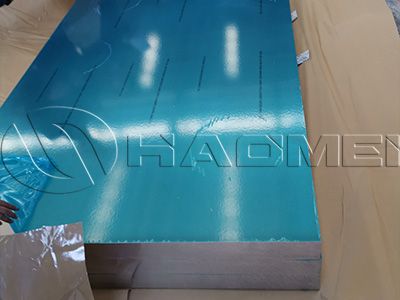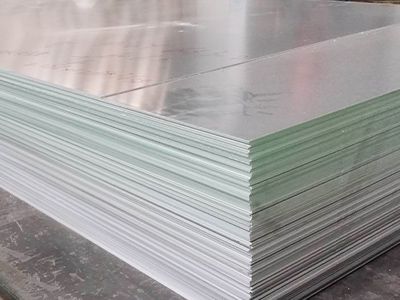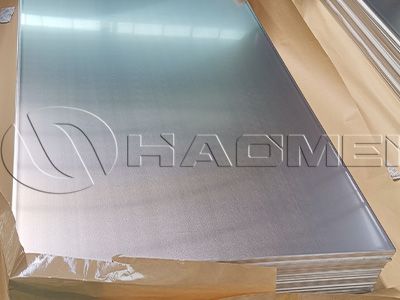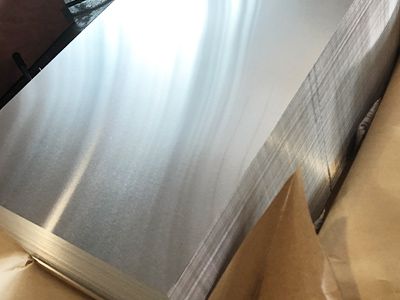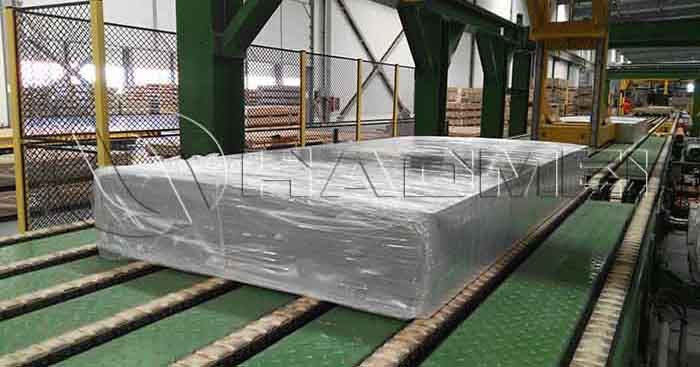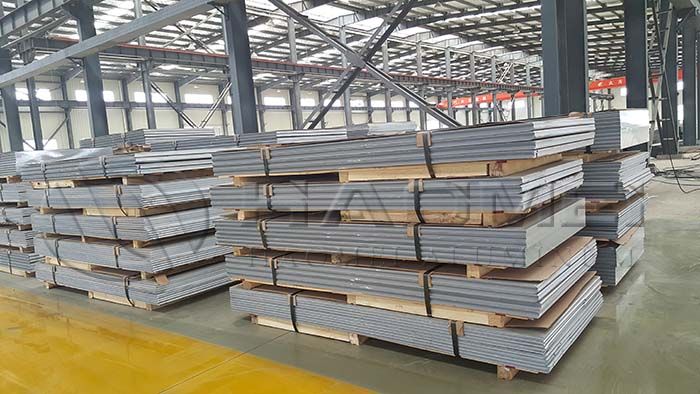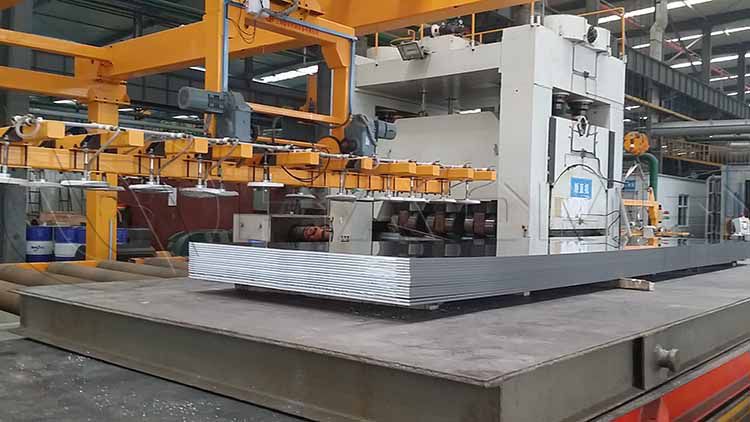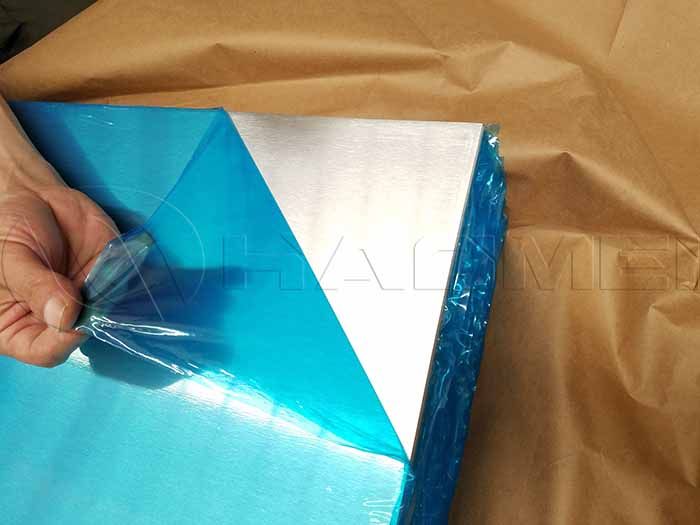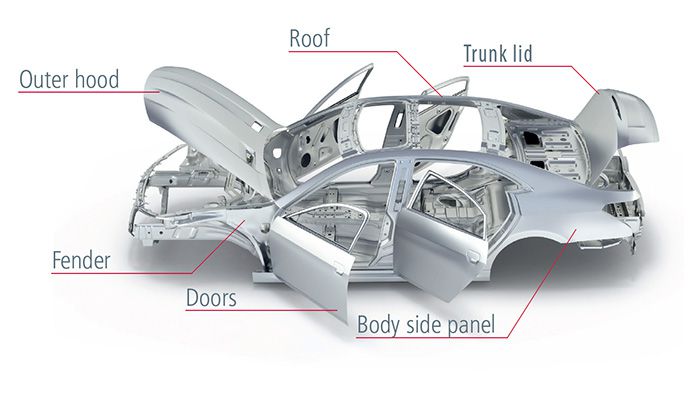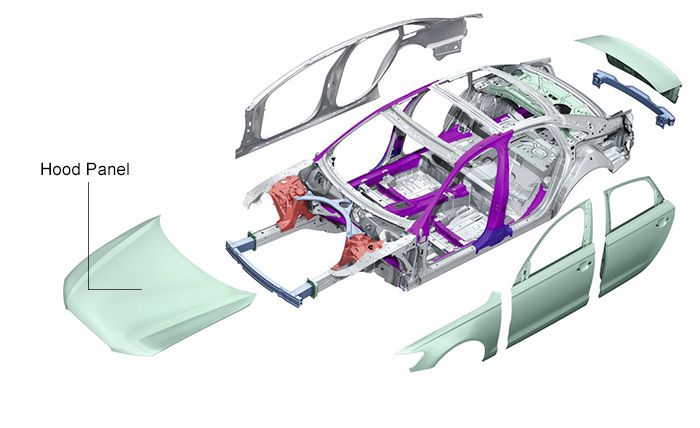AA6016 6111 Aluminum Alloy
In the process of the automotive industry's continuous pursuit of lightweight and high performance, aluminum alloys have gradually become the key driving force for industry change with their excellent comprehensive performance. As outstanding representatives of the aluminum alloy family, 6016 and 6111 aluminum alloys are increasingly widely used in the automotive field, bringing new ideas and solutions to automotive design and manufacturing.
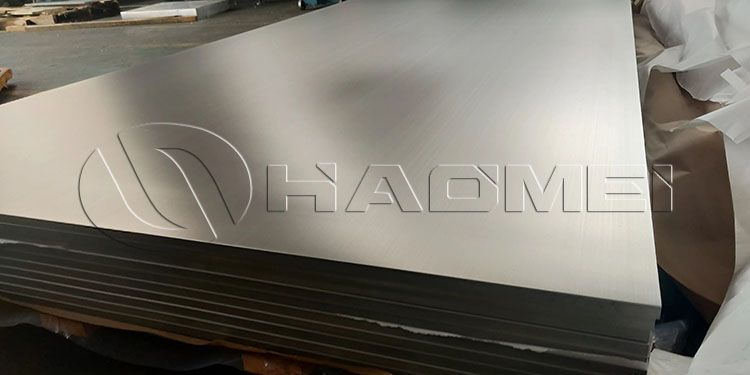
6111 and 6016 aluminum properties
6016 and 6111 aluminum alloys belong to the 6xxx series of aluminum alloys, with magnesium (Mg) and silicon (Si) as the main alloying elements. There are certain differences in composition and performance.
AA6016 aluminium has a low copper (Cu) content and has good fracture toughness, corrosion resistance and fatigue resistance. Its elongation can reach 22-25%, far exceeding the 15-20% of ordinary steel, which makes it perform well when stamping complex curved surfaces and can meet the complex shape requirements of automotive exterior panels.
6111 aluminum alloy has a relatively high copper content, and its strength and hardness are more outstanding. Its elongation is between 20-23%, which is also better than ordinary steel. After hardening by baking paint, its strength can be significantly improved, providing better dent resistance for automotive parts.
Application in the automotive field
In automobile manufacturing, 6016 and 6111 aluminum alloys are mainly used in automobile exterior covering parts, such as automobile hood outer panels, door panels and other parts. Taking the automobile hood outer panel as an example, as an important part of the car body, it must not only have good aerodynamic performance and aesthetics, but also take into account lightweight, safety and feasibility of manufacturing processes.
6016 and 6111 aluminum alloys can stamp out complex streamline shapes with their high elongation and low rebound rate, and the rebound angle after stamping is only about 3-5°, which effectively reduces dimensional deviation and ensures assembly accuracy.
At the same time, these two aluminum alloys have smooth surfaces, no orange peel after spraying, and good corrosion resistance. Relying on the protection of natural oxide film, they are not easy to rust after long-term use, and can maintain the beauty and integrity of the car's appearance.
In the application of car doors, 6016 aluminum alloy can meet the anti-dent design requirements of the door by increasing the thickness of the sheet and optimizing the structure. On the premise of meeting the rigidity, strength design requirements and relevant collision regulations, the use of 6016 aluminum alloy sheets can reduce the weight of the door by more than 40%, achieving a significant lightweight effect, and reducing the energy consumption and emissions of the whole vehicle.
Process maturity analysis
From the perspective of research and development history, developed countries with automobile industries such as Europe, the United States, and Japan have begun to develop automotive aluminum alloys since the 1970s. In the early 1980s, Alcan and Aluminum of Switzerland successfully developed high-Cu 6111 aluminum alloy and low-Cu 6016 aluminum alloy respectively.
After years of development and practice, the processing technology for 6016 and 6111 aluminum alloys has become relatively mature. The use of advanced rolling equipment and processes can accurately control the thickness, flatness and surface quality of the aluminum plate to meet the high-precision requirements of automotive parts.
In terms of heat treatment, Haomei Aluminum has determined the optimized process parameters such as 560℃/1min solution treatment + 80℃/6h pre-aging treatment, which can make the plate have good forming performance before stamping, and can quickly improve the strength during the baking process after stamping, so as to obtain ideal comprehensive performance.
In the surface treatment stage, the mature application of processes such as anodizing, coating treatment, and passivation treatment has further improved the corrosion resistance and aesthetics of aluminum alloy plates, meeting the automotive industry's strict requirements on product appearance and protective performance.
Original Source:https://www.autoaluminumsheet.com/a/aa6016-6111-aluminum-alloy.html
Tags: 6016 aluminum ,
Prev:What Are Uses of 5454 Alloy in Automobile
Next:Application of 6111 and 6101 in Automobiles
